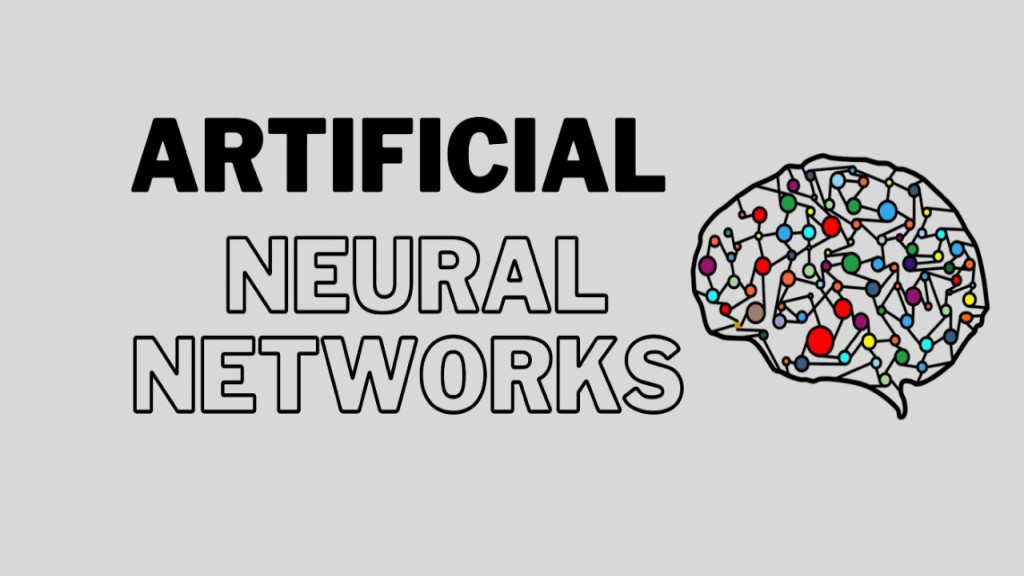Introduction To Neural Networks
The usual programming we know; It is
the process of giving a computer or machine a set of steps or tasks that it
must perform specifically in order to complete a task, and this is called the
algorithm .But scientists are not satisfied with this. They want to take the
software to another level, in which they can understand and make decisions on
their own with minimal or no human intervention. Here comes the role of neural
networks and the smart algorithms that depend on them.
What are
Artificial Neural Networks?
Neural networks, also known as
artificial neural networks (ANN) or simulated neural networks (SNNs), are a
subset of machine learning and lie at the heart of deep learning algorithms.
Its name and structure are inspired by the human brain, mimicking the way
biological neurons signal each other.
Network Layers :
The most common type of artificial
neural network consists of three groups, or layers, of units: a layer of
"input" units connected to a layer of "hidden" units, which
is connected to a layer of "output" units.
Input units: - The activity of the
input units represents the raw information that is entered into the network.
This is also called the input layer.
Hidden Units: - The activity of each
hidden unit is determined by the activities of the input units and the weights
on the connections between the input units and the hidden units. This is also
called the hidden layer.
Output Units: - The behaviour of the
output units depends on the activity of the hidden units and the weights
between the hidden units and the output units. This is also called the output
layer.
How a single neural work?
As we can see in the Artificial
Neuron in the image, it is also done by receiving several inputs (symbol X in
the image), which are handled and processed by weights (symbol W in the image).
Then its values are processed
using a mathematical function called the sigmoid function (symbol σ in the
image) to output a value between one and zero, this value constitutes the
Outputs of the cell (symbol Y in the image).
Through an assemblage of tens,
hundreds, and even thousands of these artificial neurons, what we know as
Artificial Neural Networks (ANN) is formed.
The Two Main parts of NN:
1. Feed Forward Propagation/Forward Propagation.
2.Backward Propagation/Backpropagation.
Forward Propagation:
- As the name implies, the input data
is fed in the forward direction over the network. Each hidden layer accepts and
processes the input data according to the activation function and passes it to
the next layer.
- In order to generate some output, the input data has to be fed only in the forward direction. The data must not flow in the reverse direction while the output is being generated or else it will form a cycle and the output can never be generated. These network configurations are known as a feed-forward network. The feed forward grille assists in forward propagation.
- In each neuron in the hidden or
output layer, processing occurs in two steps:
·
Pre-activation:
It is a weighted sum of the inputs, i.e. the linear conversion of weights to
the available inputs. Based on this aggregate and the activation function, the
neuron makes a decision whether or not to pass this information further.
·
Activate:
The computed weighted sum of inputs is passed to the activation function. The
activation function is a mathematical function that adds nonlinearity to the
network. There are four commonly used and commonly used activation functions -
sigmoid, hyperbolic tangent (tanh), ReLU and Softmax.
Backpropagation :
- Backpropagation is the core of neural
network training. It is the practice of fine-tuning the weights of the neural
network based on the error rate obtained in the previous epoch (Correct
adjustment of weights ensures lower error rates, which makes the model reliable
by increasing its generalizability.
- Our model does not give accurate
predictions due to the fact that its weights have not yet been adjusted. We
have a loss too. Reverse multiplication is about feeding this loss inversely in
such a way that we can adjust the weights based on any of them. An optimization
function like gradient descent will help us find the weights that - hopefully -
result in less loss in the next iteration.
The overall steps are:
·
In
the forward propagate stage, the data flows through the network to get the
outputs.
·
The
loss function is used to calculate the total error.
·
Then,
we use backward propagation algorithm to calculate the gradient of the loss
function with respect to each weight and bias.
·
Finally,
we use gradient descent to update the weights and biases at each layer
·
We
repeat above steps to minimize the total error of the neural network.
- Mohamed Eslam
- Mar, 28 2022

